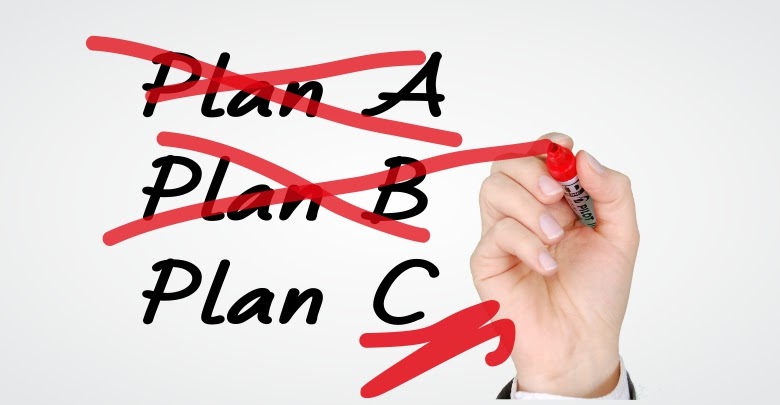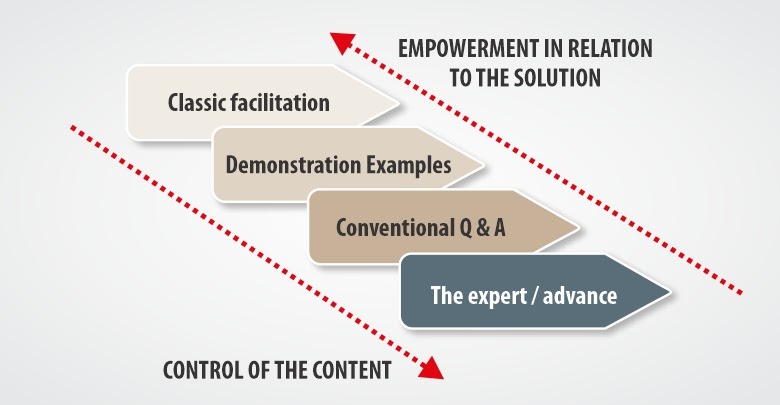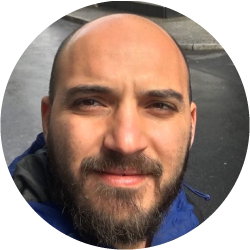Readiness to constantly adjust the contents and the values of the program to the process of the group

Introduction: A trainer should be flexible to adjust the contents of the program to the process of the group to empower the learning experience and provide a safe environment for better learning.
Learning is important because no one is born with the ability to competently function as an adult iIb Ravn describes facilitation as the canalization of the energy and communication of a gathered group of people in such a manner that their benefits will be much larger and better than if they were just on their own (Ravn, 2011). Facilitation is something you can learn and it should have a purpose and contribute to creating something (results).
Competent facilitation requires more than just “being good on stage”. It is about making the participants work and take ownership of the results they achieve. And finally, facilitation is about design, execution and follow-up.
I chose this tool because it is important to reflect on the differences between adapt a training flow to the need participants, but at the same time is very important to keep in mind that this adaptation should be always focusing on the learning objectives of the training course/learning activity. This for me as a trainer a very important challenge is to keep that balance and to be able to see where the group is going, how the training should adapt and how much.
The trainers should be aware of the difference between being flexible and following group tendencies without a proper methodology or position. A trainer should be able to adapt the program to the learners’ needs and distinguish the needs from the desires.
Main content:
During training, it is important to create a meaning. That means to set the purpose of the process and to be able to explain it to the participants so they can clearly understand the meaning and relevance of being invited there. It is not only important to create a meaning for the participants at the beginning of the session, but also to keep creating a relevant link between the current process and the overall purpose of the session so that the participants are guided through the different sub-processes and see the relevance of them. At the same time, the facilitator needs to create a meaning between the different opinions/points of view of each participant, so they can realize and learn new things concerning each other and the content they work with.
What is the link between the learning process that I set and the learning needs of the participants?
Are the participants following the process that I’ve set or they are diverging to other needs?
As a facilitator of a learning process, it is your responsibility to guide participants to the desired outcome of your process, but also to be aware of their learning needs throughout the process. The trainer sets the tempo and directs the orchestra, but the participants are the ones that play and have direct experience. To create an ownership of the process and the result among the participants, you cannot be in control of the content of the process. The figure here illustrates how classic facilitation creates a high degree of empowerment (ownership) about the solution and how providing expert advice and answers increases the control of the content, but it does not strengthen the ownership among the participants. You must be aware of this and let the participants own the content – you own the process.

Would be good to re-design this scheme
To apply this model, the facilitator of the process should be “flexible” to follow up on the process of the group and adapt the proposed session keeping the final aims of the workshops/training.
What is flexibility?
- Flexibility is a higher-order thinking skill essential for learning
- Flexible thinking in learning is the ability to be open-minded and adapt to new learning methods.
- The Flexible thinking in learning (FTL) scale is a valid and reliable instrument.
- The FTL scale can be used as both a research instrument and a self-assessment tool.
In a social perspective, flexible thinking is conceptualized as the ability of an individual in a group to collectively assess her/his behavior, and make the required adjustments for effective functioning (McComb, Green, & Dale Compton, 2007)
In the context of education, flexible thinking is a key competency necessary for adapting to new learning environments, for transferring knowledge to new situations, and for understanding and solving unfamiliar problems (OECD, 2013; P21, 2009; Spiro, Collins, & Ramchandran, 2007). Recent studies suggested modifications, calling for a comprehensive conceptualization of ‘flexibility’ while emphasizing a more contemporary approach (DeYoung et al., 2005, Garner, 2009, Ionescu, 2012).
Exercises:
How to apply it in everyday life?
- Try to identify one or more situations in which change of strategy was bringing better solutions or a more positive environment.
- During the day, ask yourselves if you need to do/have something or if you would like to have it. Is there a difference in the feelings and the actions afterwards?
Reflection questions:
- During a session how often do I try to understand if the group is in the process?
- Which tool do I use to assess the learning flow with the group?
- How much can I adjust what I have already prepared to the needs of the group?
- When do I think that there is a need for flexibility regarding the learning needs in keeping clear the final set of objectives?






